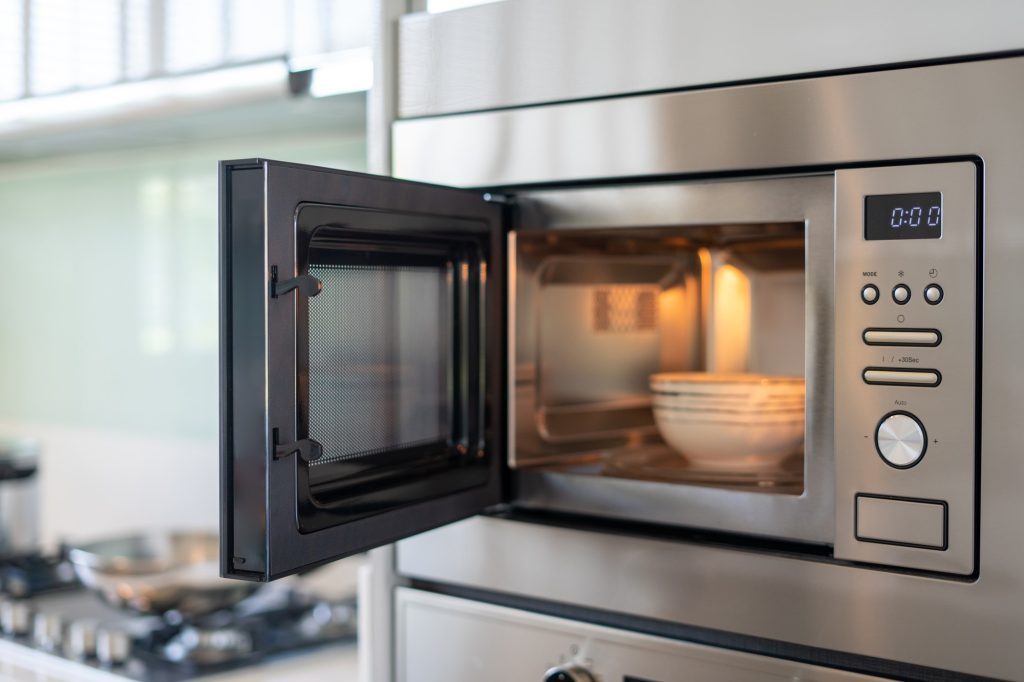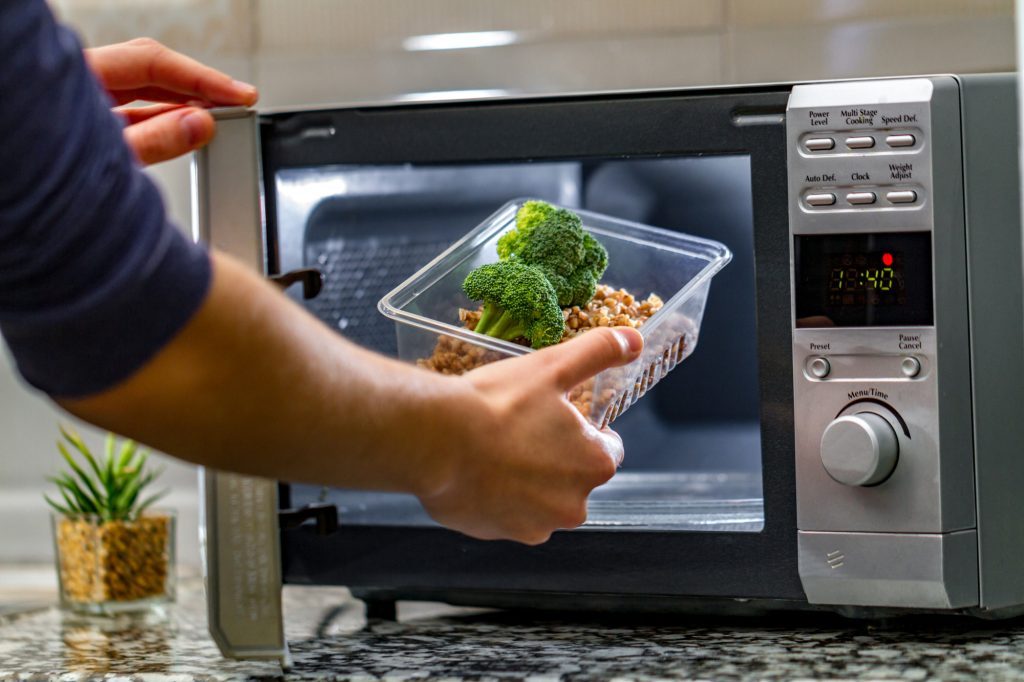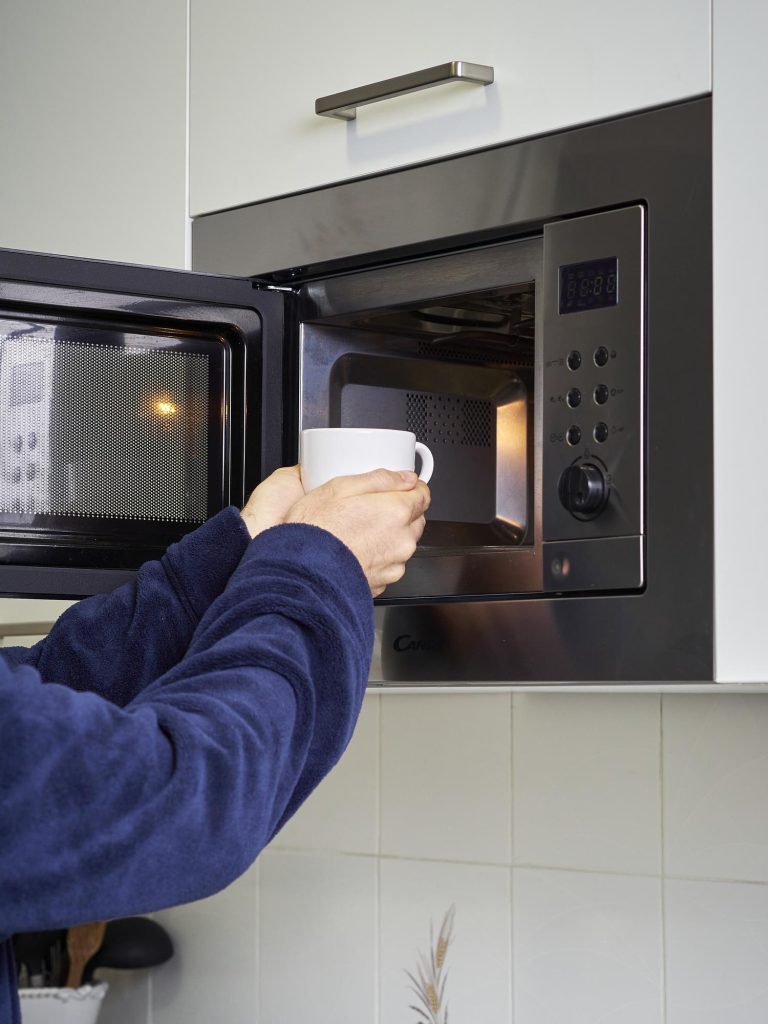Local Appliance Master in Monroe
Add Your Heading Text Here
Menu
CALL US TODAY!
How To Find Easy Microwave Troubleshoots

Recent Posts
- Laundry Lifesavers: Professional Washer & Dryer Repair Service
- Don’t Stress, Get the Best! Pro Appliance Installation for Your Home
- Top-Rated Plumbing Company : Experienced Plumbers Ready to Assist Anytime
- Kitchen Faucet Problems? Don’t Drip Another Minute!
- Certified Appliance Repair: Your Local Appliance Repair
Microwaves have become an indispensable part of modern kitchens, offering convenience and efficiency for busy individuals. However, like any other appliance, microwaves can encounter issues that disrupt their normal functioning. As the proud owner of Local Appliance Master, a business committed to ensuring the seamless operation of household appliances, we understand the significance of a properly working microwave in daily life.


Importance of Microwave Troubleshoot in Daily Life
Microwaves have revolutionized the way we prepare and reheat food. Their quick and efficient operation has made them a staple in households worldwide. Any disruption in their functionality can cause inconvenience, highlighting the need for timely troubleshooting and repairs. Microwaves are like the superheroes of the kitchen. They’re fast, powerful and can help you with all sorts of things, from reheating leftovers to cooking delicious meals.Microwaves can even do things beyond the kitchen!
– Germ Zapper: They can sterilize baby bottles and kitchen tools to keep them clean. – Drying Diva: Need to dry some herbs or fruits? Microwaves can do that too! – Defrosting Dynamo: Frozen food? No problem! Microwaves can quickly and safely defrost it for you.Time Efficiency
One of the primary reasons microwaves are cherished is their ability to cook or heat food in a fraction of the time compared to traditional methods. The fast-paced lifestyles of today make this time efficiency invaluable.Versatility in Food Preparation
Microwaves offer a wide range of cooking options, from reheating leftovers to preparing full meals. Their versatility makes them a go-to appliance for busy individuals seeking quick and convenient meal solutions.Preservation of Nutrients
Contrary to popular belief, microwaving is a gentler cooking method that helps preserve more nutrients in food compared to boiling or frying. This is especially crucial for health-conscious individuals aiming to maintain a balanced diet.Healthier Cooking Options
Microwaving allows for cooking with minimal or no added fats, promoting healthier eating habits. Steam cooking and microwave-safe containers contribute to the creation of nutritious meals.Energy Efficiency
Microwaves are energy-efficient appliances, consuming less power than conventional ovens. This not only saves on electricity bills but also aligns with sustainable living practices.Cost-Effective Cooking
The quick cooking times and energy efficiency of microwaves contribute to cost-effective meal preparation. It’s a budget-friendly option for households looking to manage expenses without compromising on quality.Common Microwave Troubleshoot
Uneven Heating
– Turntable Issues: The turntable plays a crucial role in ensuring even heating by rotating the food. – Magnetron Problems: The magnetron generates microwaves for cooking and can malfunction.Troubleshooting Steps
– Check Turntable Alignment: Ensure the turntable is properly aligned and seated. – Magnetron Inspection: Examine the magnetron for signs of damage or wear.Microwave Not Turning On
- Power Supply Issues: Check for power supply problems, such as a tripped circuit breaker.
- Door Interlock Problems: Malfunctioning door interlock systems can prevent the microwave from starting.
- Verify Power Source: Ensure the microwave is receiving power from a functioning outlet.
- Inspect Door Interlock System: Check and repair or replace the door interlock mechanism.
Sparks Inside the Microwave
Metal in the Microwave: Metal objects can cause sparks during operation. Damaged Waveguide Cover: A damaged waveguide cover can lead to arcing. Remove Metal Objects: Clear the microwave of any metal items before use. Check and Replace Waveguide Cover: Inspect the waveguide cover for damage and replace if necessary.Unusual Noises
- Turntable Issues: A malfunctioning turntable can produce unusual sounds.
- Faulty Drive Motor: The drive motor responsible for rotating the turntable may be at fault.
- Lubricate Turntable Support: Apply appropriate lubrication to the turntable support to reduce friction.
- Examine and Replace Drive Motor: Inspect the drive motor for damage and replace if needed.
Microwave Door Problems
Door Not Closing Properly
– Misaligned Door Latch: A misaligned door latch can lead to incomplete sealing. – Damaged Door Seal: Wear and tear on the door seal may compromise closure. – Adjust Door Latch: Ensure the door latch is properly aligned for secure closure. – Replace Door Seal: If the door seal is damaged, replace it to maintain proper closure.Microwave Door Stuck
Foreign Object Blocking: Objects blocking the door’s movement can lead to it getting stuck. Faulty Door Switch: A malfunctioning door switch may prevent smooth opening and closing. Remove Obstructions: Identify and remove any objects obstructing the door’s path. Test and Replace Door Switch: Check the door switch for faults and replace if necessary.Microwave Control Panel Issues
Buttons Not Responding
Control Panel Circuitry Problems: Issues with the circuitry can lead to unresponsive buttons. Wear and Tear of Buttons: Over time, buttons may wear out, affecting responsiveness. Check Control Panel Connections: Inspect the control panel’s internal connections for faults. Replace Worn-Out Buttons: If buttons show signs of wear, replace them to restore responsiveness.Error Codes on the Display
F3 – Magnetron Failure: A code indicating an issue with the magnetron. F5 – Faulty Door Switch: An error signaling problems with the door switch. Magnetron and Door Switch Checks: Thoroughly examine the magnetron and door switch for faults. Clearing Error Codes: Follow the manufacturer’s instructions to clear error codes from the display.Microwave Safety Tips
Importance of Safe Microwave Use Microwave safety is paramount to prevent accidents and extend the appliance’s lifespan. Precautions to Prevent Common Issues Taking simple precautions, such as avoiding metal in the microwave, can prevent common problems. Regular Maintenance for Extended Lifespan Performing regular maintenance, including cleaning and inspections, contributes to a longer microwave lifespan.DIY Microwave Repairs
Tools Required for Basic Repairs As a part of empowering users, here are some essential tools for basic microwave repairs.Step-by-Step Guide for Microwave Troubleshoot
Resetting Circuit Breaker Sometimes, a tripped circuit breaker can be the culprit behind a non-functional microwave. Locate your circuit breaker panel and reset the breaker associated with the microwave. Cleaning Microwave Interior Accumulated dirt and food particles inside the microwave can affect its performance. Regularly clean the interior with a mild solution of water and vinegar. Replacing Light Bulb A burnt-out light bulb can be replaced easily. Refer to your microwave’s manual to identify the bulb type and follow the instructions for replacement.
When to Call a Professional
Complex Microwave Troubleshoot 1. Internal Electrical Problems If the issue involves internal electrical components, it’s advisable to seek professional assistance. 2. Severe Component Damage In cases of severe component damage, a trained technician can provide the necessary expertise for repairs.How to Choose the Right Microwave
Types of Microwaves
Countertop Microwaves Countertop microwaves are the most common and versatile, suitable for any kitchen layout. Over-the-Range Microwaves Ideal for saving counter space, over-the-range microwaves come with built-in ventilation systems. Built-In Microwaves Designed for seamless integration into cabinetry, built-in microwaves offer a sleek and customized look.Microwave Sizes and Capacities
Small Microwaves Perfect for compact spaces or occasional use, small microwaves are portable and easy to store. Medium Microwaves Balancing size and functionality, medium microwaves suit the needs of most households. Large Microwaves For families or those who frequently cook in the microwave, large microwaves provide ample space. Power and Wattage Understanding microwave power levels is crucial for achieving optimal cooking results. Higher-wattage microwaves cook faster and more evenly, but they may consume more power.
